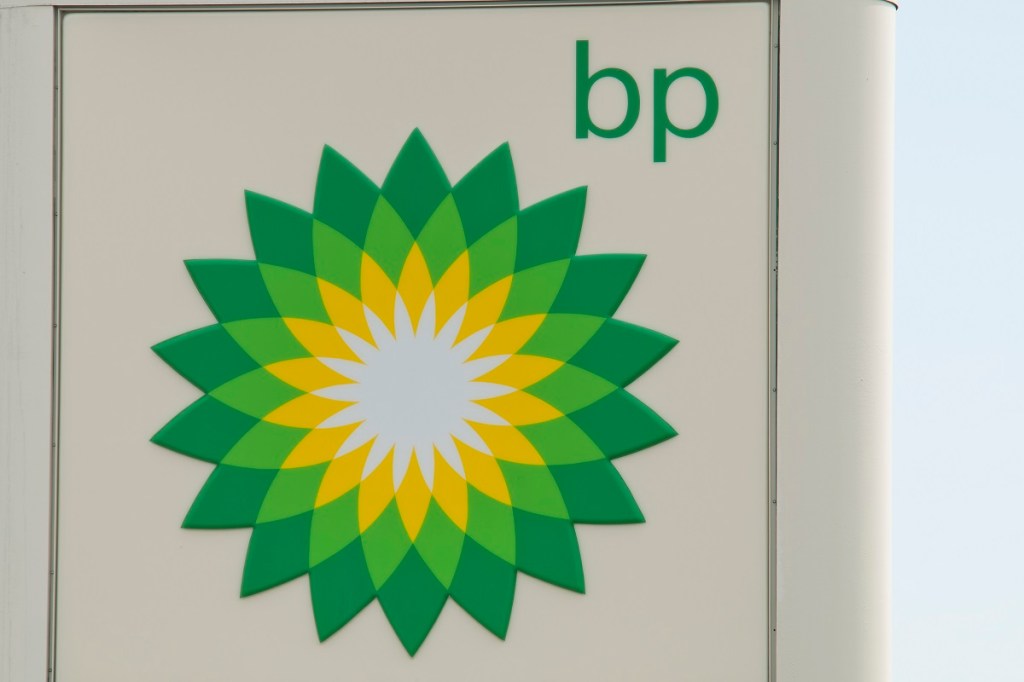BP has reported second-quarter underlying profits of $8.5 billion, compared with $6.2 billion for the previous quarter.
The results were driven by strong realised refining margins, continuing exceptional oil trading performance, and higher liquids realisation.
Bernard Looney, CEO of BP, said the results show that BP continues to perform while transforming.
“Our people have continued to work hard throughout the quarter helping to solve the energy trilemma – secure, affordable, and lower carbon energy. We do this by providing the oil and gas the world needs today – while at the same time, investing to accelerate the energy transition.”
Looney also announced a 10 per cent increase in the quarterly dividend per ordinary share and a further $3.5 billion share buyback.
“Crucially we are doing this within a financial frame which is unchanged and maintaining a resilient $40 per barrel cash balance point. With all the uncertainty in the world – now is not the time to lose discipline.”
Murray Auchincloss, CFO at BP, said the 10 per cent increase in the quarterly dividend reflects BP’s performance.
“This increase reflects the underlying performance and cash generation of the business, which has enabled strong progress in delivering share buybacks and net debt reduction.”
Looking ahead, based on BP’s current forecasts, BP expects to have capacity for an annual increase in the dividend per ordinary share of around four per cent through 2025 at around $60 per barrel Brent and subject to the board’s discretion each quarter.
In the convenience and mobility sector, BP has continued to expand its EV charging strategy, recently announcing expansion plans with Iberdrola in Spain and Portugal and signing a contract to operate China’s largest fast EV charging hub.
Currently BP has around 16,000 charge points, a 50 per cent increase on this time last year, with roughly 50 per cent of those points now rapid or ultra-fast, with an expectation that 90 per cent of the company’s 100,000 ‘on-the-go’ chargers to be rapid or ultra-fast by 2030.
“This is equivalent to around 30 billion EV miles driven per annum assuming just a 10 per cent utilisation of our network – 15 times more than a network of the same scale with predominately 7kW charge points,” said Looney.

